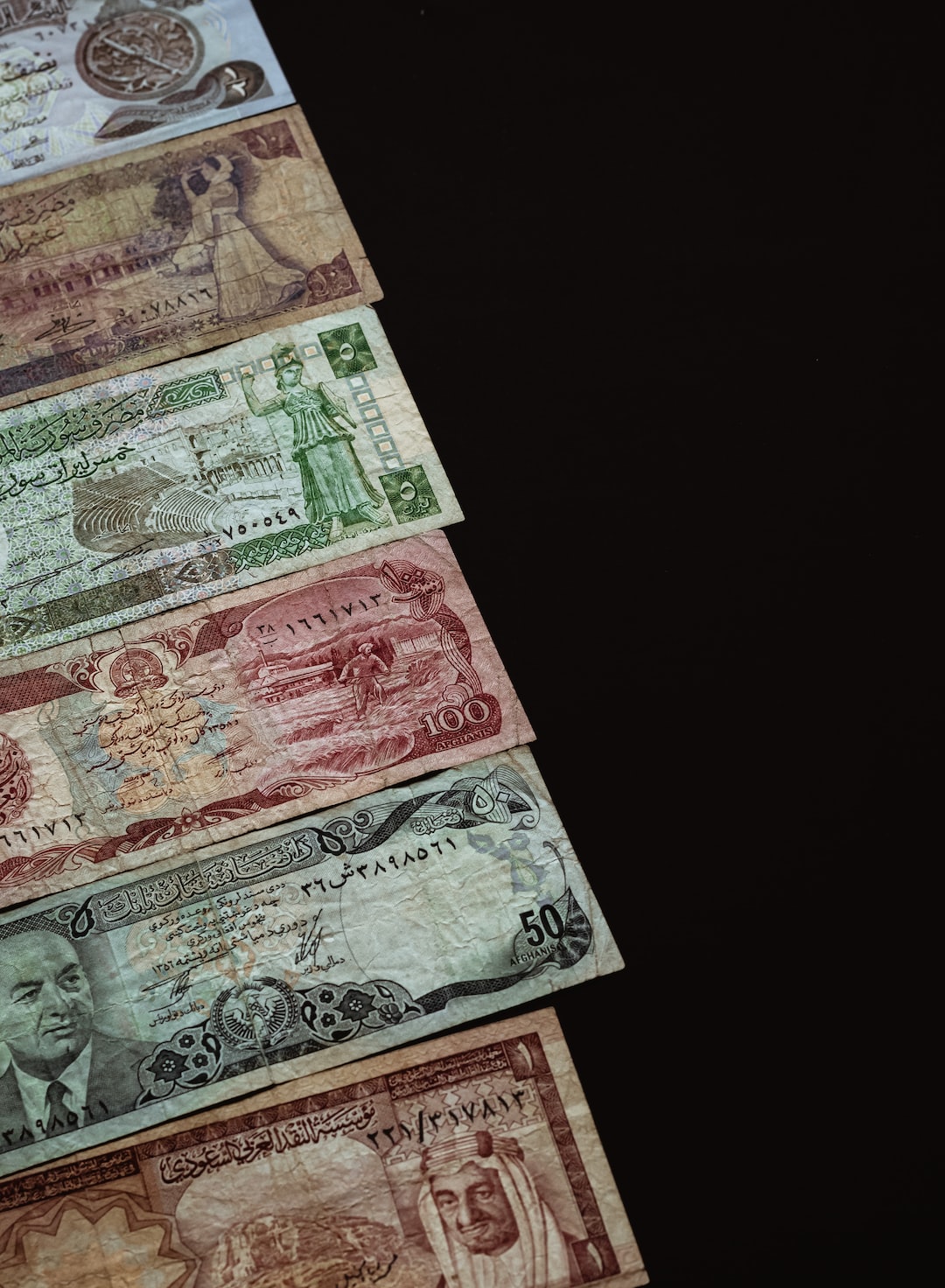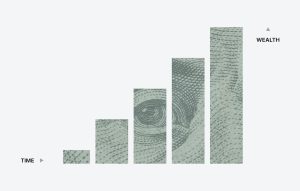Forex, short for foreign exchange, is a global decentralized market where currencies are traded. The forex market is the largest and most liquid market in the world, with a daily trading volume of over $5 trillion. Its vast size and complexity can make it difficult for traders to understand why forex goes up and down. In this article, we will explore the factors that influence currency prices and cause fluctuations in the forex market.
Economic factors
Economic factors are perhaps the most significant drivers of forex movements. Currencies are valued based on the economic health of the countries they represent. A strong economy will typically have a strong currency, while a weak economy will have a weak currency. Economic indicators such as GDP, inflation, interest rates, and employment rates can have a significant impact on currency prices.
For example, if a country’s GDP grows faster than expected, it can signal a strong economy and lead to a higher demand for its currency. Alternatively, if a country experiences high inflation rates, it can lead to a decrease in the value of its currency.
Political factors
Political factors can also have a significant impact on forex prices. Political instability, elections, and government policies can all affect the value of a country’s currency. For example, if a country is experiencing political turmoil or uncertainty, investors may be hesitant to invest in its currency, which can lead to a decrease in value.
Similarly, if a government announces policies that are viewed as positive for the economy, such as tax cuts or increased infrastructure spending, it can increase investor confidence in the country and lead to an increase in the value of its currency.
Market sentiment
Market sentiment refers to the overall attitude of investors towards a particular currency or market. It can be influenced by a variety of factors, including economic indicators, political events, and news headlines. Positive market sentiment can lead to an increase in demand for a currency, while negative market sentiment can lead to a decrease in demand.
For example, if there is a positive outlook for the global economy, investors may be more willing to take on risk and invest in emerging market currencies. Conversely, if there is a negative outlook for the global economy, investors may be more risk-averse and invest in safe-haven currencies such as the US dollar or the Japanese yen.
Interest rates
Interest rates can also have a significant impact on forex prices. Central banks around the world use interest rates to control inflation and stimulate economic growth. When interest rates are high, it can lead to an increase in demand for a country’s currency as investors seek higher returns on their investments.
Conversely, when interest rates are low, it can lead to a decrease in demand for a country’s currency as investors seek higher returns elsewhere. For example, if the US Federal Reserve increases interest rates, it can lead to an increase in demand for the US dollar as investors seek higher returns on US investments.
Conclusion
In conclusion, there are many factors that can influence why forex goes up and down. Economic factors such as GDP, inflation, interest rates, and employment rates are significant drivers of currency prices. Political factors such as political stability, elections, and government policies can also have a significant impact. Market sentiment and interest rates can also play a role in currency fluctuations. Understanding these factors and how they interact can help traders make informed decisions when trading forex.





